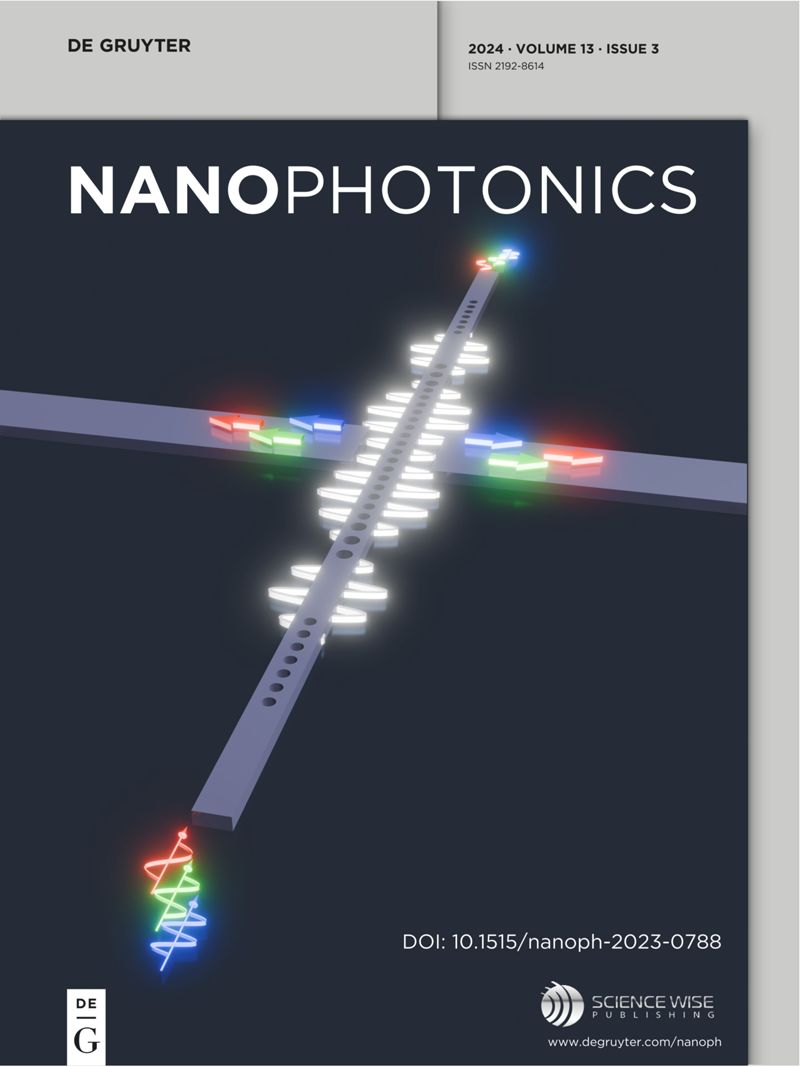Dynamically tunable robust ultrahigh-Q merging bound states in the continuum in phase-change materials metasurface
IF 6.5
2区 物理与天体物理
Q1 MATERIALS SCIENCE, MULTIDISCIPLINARY
引用次数: 0
Abstract
Bound states in the continuum (BICs) are localized states within the radiative continuum that exhibit high quality-factor (Q-factor) resonance, which significantly boosts light–matter interactions. However, out-of-plane radiation losses can arise from inherent material absorption and inevitable technological imperfections during fabrication process. Merging BICs have been introduced as a solution to address the issue of out-of-plane radiation losses. By merging BICs, it is possible to expand the area of high Q-factor resonance in momentum space, thereby enhancing the system’s robustness against external perturbations. However, achieving this enhancement is contingent upon altering the geometrical parameters of the structure, which inherently restricts its dynamic tunability. Here, we propose an emerging approach that integrates phase change materials (PCMs) into photonic crystal slabs (PCs) metasurface, enabling dynamically tuning of merged BICs. By utilizing low-loss Sb求助全文
约1分钟内获得全文
求助全文
来源期刊

Nanophotonics
NANOSCIENCE & NANOTECHNOLOGY-MATERIALS SCIENCE, MULTIDISCIPLINARY
CiteScore
13.50
自引率
6.70%
发文量
358
审稿时长
7 weeks
期刊介绍:
Nanophotonics, published in collaboration with Sciencewise, is a prestigious journal that showcases recent international research results, notable advancements in the field, and innovative applications. It is regarded as one of the leading publications in the realm of nanophotonics and encompasses a range of article types including research articles, selectively invited reviews, letters, and perspectives.
The journal specifically delves into the study of photon interaction with nano-structures, such as carbon nano-tubes, nano metal particles, nano crystals, semiconductor nano dots, photonic crystals, tissue, and DNA. It offers comprehensive coverage of the most up-to-date discoveries, making it an essential resource for physicists, engineers, and material scientists.
 求助内容:
求助内容: 应助结果提醒方式:
应助结果提醒方式:


